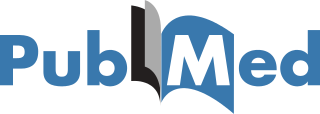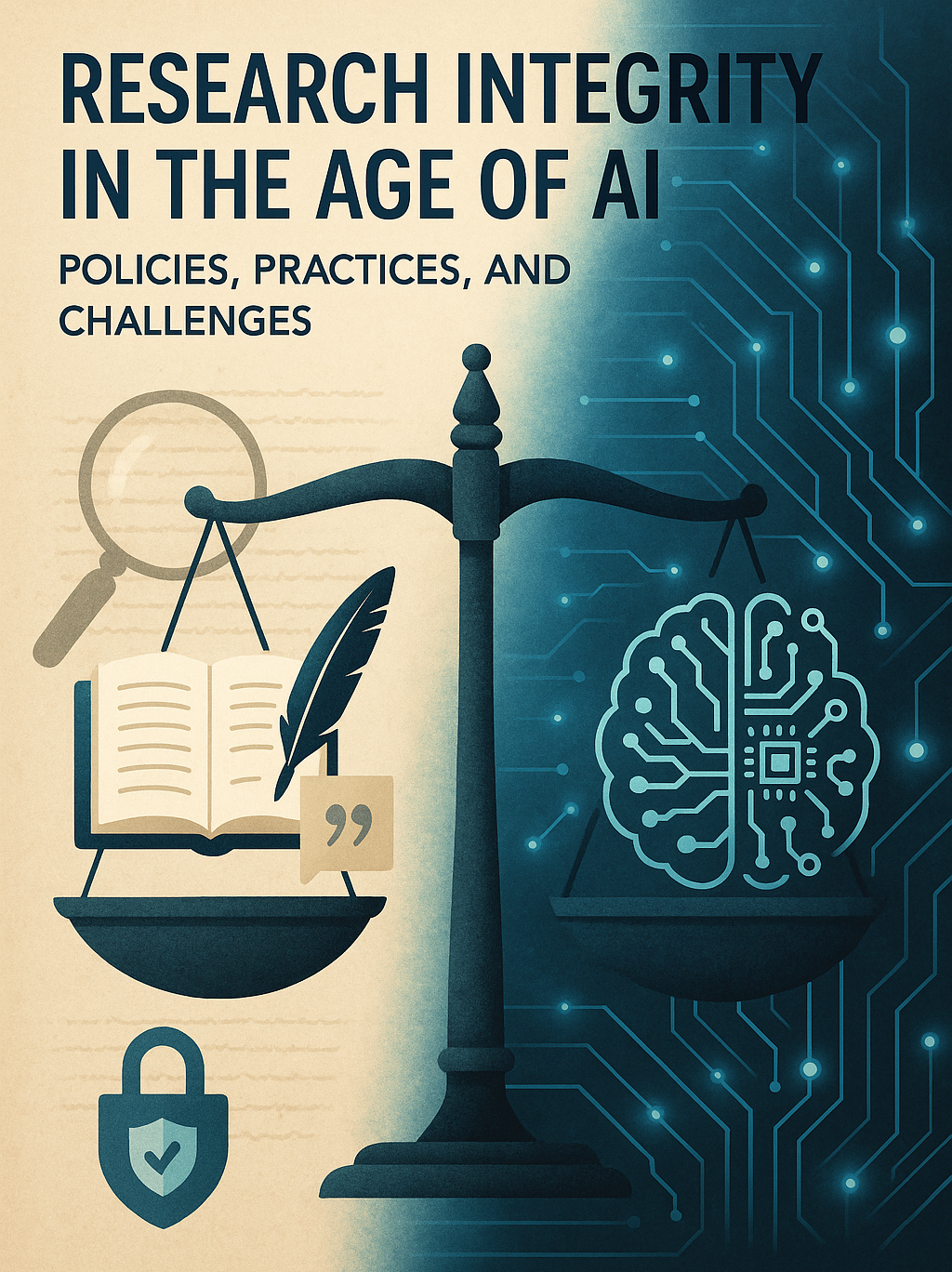RESEARCH INTEGRITY IN THE AGE OF AI: POLICIES, PRACTICES, AND CHALLENGES
DOI:
https://doi.org/10.20535/2410-8286.338125Keywords:
Artificial Intelligence, Ethical Principles, Editorial Challenges, Plagiarism, Self-Plagiarism, Data Fabrication, Authorship, Research IntegrityAbstract
This editorial addresses the evolving ethical challenges in scholarly publishing, particularly concerning artificial intelligence (AI), plagiarism, self-plagiarism, excessive self-citation, data fabrication, multiple submissions, and authorship practices. While AI can enhance research communication by refining language and improving efficiency, its misuse can affect transparency and accountability. Traditional threats, such as plagiarism, redundant publication, and citation manipulation, continue to weaken the credibility of research, while new risks are emerging from AI-generated content and fabricated findings. Drawing on guidance from COPE and major publishers, including Elsevier and Springer Nature, this article underscores the need for clear policies, transparent disclosure, and rigorous editorial review. It argues that research integrity depends on the shared responsibility of authors and editors, supported by both technological tools and critical human judgment. Preserving the credibility of scholarship requires not only firm measures against misconduct but also reinforcement of the core principles of integrity, transparency, validity, and accountability.
Downloads
References
- BioMed Central & Committee on Publication Ethics. (2016, July 22). Text recycling guidelines for editors. Committee on Publication Ethics
- Bouville, M. (2008). Plagiarism: Words and Ideas. Sci Eng Ethics, 14(3), 311–322. https://doi.org/10.1007/s11948-008-9057-6
 |
|  |
| 
- Chechitelli, A. (2025). Understanding the false positive rate for sentences of our AI writing detection capability. Turnitin. https://www.turnitin.com/blog/understanding-the-false-positive-rate-for-sentences-of-our-ai-writing-detection-capability
- Committee on Publication Ethics. (2024c). Authorship and AI tools. https://doi.org/10.24318/cCVRZBms
- Committee on Publication Ethics. (2024a). Handling concurrent and duplicate submissions. https://doi.org/10.24318/y9lyqPiR
- Committee on Publication Ethics. (2024b). Handling changes to authorship lists. https://doi.org/10.24318/a3uvGg2f
- Committee on Publication Ethics. (2019). COPE Discussion Document: Citation Manipulation. https://doi.org/10.24318/cope.2019.3.1
- Elali, F. R., & Rachid, L. N. (2023). AI-generated research paper fabrication and plagiarism in the scientific community. Patterns, 4(3), 100706–4. https://doi.org/10.1016/j.patter.2023.100706
 |
|  |
| 
- Elsevier. (2024, January 25). Top tips on identifying citation misconduct. https://www.elsevier.com/connect/top-tips-on-identifying-citation-misconduct
- Elsevier. (2024a). Generative AI policies for journals. https://www.elsevier.com/about/policies-and-standards/generative-ai-policies-for-journals
- Elsevier. (2024b). The use of generative AI and AI-assisted technologies in writing for Elsevier. https://www.elsevier.com/about/policies-and-standards/the-use-of-generative-ai-and-ai-assisted-technologies-in-writing-for-elsevier elsevier.com
- Flanagin, A., Bibbins-Domingo, K., Berkwits, M., & Christiansen, S. L. (2023). Nonhuman “Authors” and Implications for the Integrity of Scientific Publication and Medical Knowledge. JAMA, 329(8), 637–639. https://doi.org/10.1001/jama.2023.1344
 |
|  |
| 
- Hryciw, B. N., Seely, A. J. E., & Kyeremanteng, K. (2023). Guiding principles and proposed classification system for the responsible adoption of artificial intelligence in scientific writing in medicine, 6. https://doi.org/10.3389/frai.2023.1283353
 |
|  |
| 
- International Committee of Medical Journal Editors. (2024). Defining the role of authors and contributors. ICMJE. https://www.icmje.org/recommendations/browse/roles-and-responsibilities/defining-the-role-of-authors-and-contributors.html
- Jones, N. (2024). How journals are fighting back against a wave of questionable images. Nature, 626(8000), 697–698. https://doi.org/10.1038/d41586-024-00372-6
 |
|  |
| 
- Liang, W., Yuksekgonul, M., Mao, Y., Wu, E., & Zou, J. (2023). GPT detectors are biased against non-native English writers. Patterns, 4(7), 100779. https://doi.org/10.1016/j.patter.2023.100779
 |
|  |
| 
- Májovský, M., Černý, M., Kasal, M., Komarc, M., & Netuka, D. (2023). Artificial Intelligence Can Generate Fraudulent but Authentic-Looking Scientific Medical Articles: Pandora’s Box Has Been Opened. Journal of Medical Internet Research, 25, e46924. https://doi.org/10.2196/46924
 |
|  |
| 
- National Information Standards Organization (NISO). (2022). CRediT – Contributor Roles Taxonomy. https://credit.niso.org
- National Technical University of Ukraine “Igor Sikorsky Kyiv Polytechnic Institute” [KPI]. (2023). Policy on the use of artificial intelligence for academic activities. KPI. https://www.library.kpi.ua/en/research/vykorystannya-shi-v-akademichnij-diyalnosti/
- Tools such as ChatGPT threaten transparent science; here are our ground rules for their use. (2023). Nature, 613(7945), 612–612. https://doi.org/10.1038/d41586-023-00191-1
 |
|  |
| 
- Office of Research Integrity. (n.d.). Definition of research misconduct. https://ori.hhs.gov/definition-research-misconduct
- PLOS. (n.d.). Research integrity and publication ethics (AI policy and disclosure guidance). https://plos.org/research-integrity-and-ethics/
- Sadasivan, V. S., Kumar, A., Balasubramanian, S., Wang, W., & Feizi, S. (2025). Can AI-generated text be reliably detected? Stress testing AI text detectors under various attacks. Transactions on Machine Learning Research. https://arxiv.org/abs/2303.11156v4
- Šupak Smolčić, V. (2013). Salami publication: definitions and examples. Biochemia Medica, 23(3), 237–241. https://doi.org/10.11613/BM.2013.030
 |
| 
- Springer Nature. (2024). Artificial Intelligence (AI): Editorial policies and guidance. https://www.springer.com/gp/editorial-policies/artificial-intelligence--ai-/25428500 springer.com
- Springer Nature. (n.d.). Citations. https://www.springer.com/gp/editorial-policies/citations
- Taylor & Francis. (n.d.). Plagiarism. Author Services: Editorial Policies. Retrieved August 14, 2025, from https://authorservices.taylorandfrancis.com/editorial-policies/plagiarism/
- Thorp, H. H. (2023). ChatGPT is fun, but not an author. Science, 379(6630), 313–313. https://doi.org/10.1126/science.adg7879
 |
|  |
| 
- Ugwu, N. F., Igbinlade, A. S., Ochiaka, R. E., Ezeani, U. D., Okorie, N. C., Opele, J. K., Onayinka, T. S., Iroegbu, O., Onyekwere, O. K., & Adams, A. B. (2024). Clarifying Ethical Dilemmas of Using Artificial Intelligence in Research Writing: A Rapid Review. Higher Learning Research Communications, 14(2), 29–47. https://doi.org/10.18870/hlrc.v142.1549
 |
| 
- Wager, E. (2006). Suspected fabricated data in a submitted manuscript. Committee on Publication Ethics. https://doi.org/10.24318/cope.2019.2.3
- Wager, E. (2006). Suspected fabricated data in a published manuscript. Committee on Publication Ethics. https://doi.org/10.24318/cope.2019.2.4
- Wiley. (2025, March 13). Wiley releases AI guidelines for authors. https://newsroom.wiley.com/press-releases/press-release-details/2025/Wiley-Releases-AI-Guidelines-for-Authors/default.aspx
- Yousaf, M. N. (2025). Practical Considerations and Ethical Implications of Using Artificial Intelligence in Writing Scientific Manuscripts. ACG CASE REPORTS JOURNAL, 12(2), e01629. https://doi.org/10.14309/crj.0000000000001629
 |
| 

Downloads
Published
How to Cite
Issue
Section
License
Copyright (c) 2025 Zoia Kornieva; Valentyna Lukianenko; Yuliia Baklazhenko. Article cover designed using ChatGPT

This work is licensed under a Creative Commons Attribution 4.0 International License.
Authors who publish with this journal agree to the following terms:- Authors retain copyright and grant the journal right of first publication with the work simultaneously licensed under a Creative Commons Attribution License that allows others to share the work with an acknowledgement of the work's authorship and initial publication in this journal.
- Authors are able to enter into separate, additional contractual arrangements for the non-exclusive distribution of the journal's published version of the work (e.g., post it to an institutional repository or publish it in a book), with an acknowledgement of its initial publication in this journal.
- Authors are permitted and encouraged to post their work online (e.g., in institutional repositories or on their website) prior to and during the submission process, as it can lead to productive exchanges, as well as earlier and greater citation of published work (See The Effect of Open Access).


















